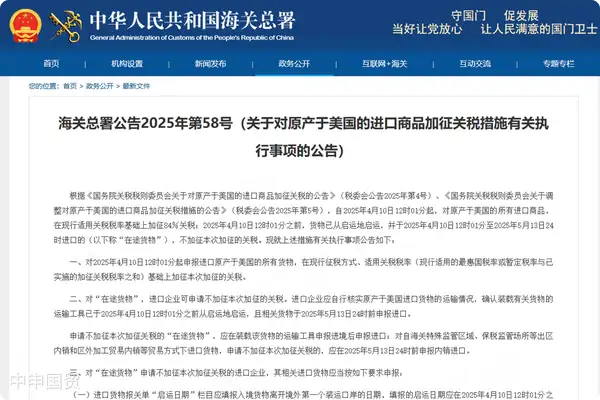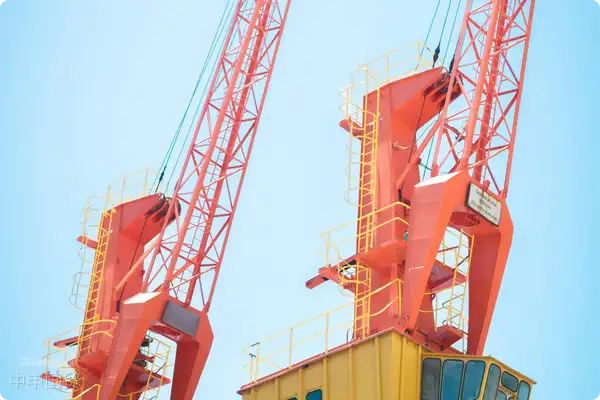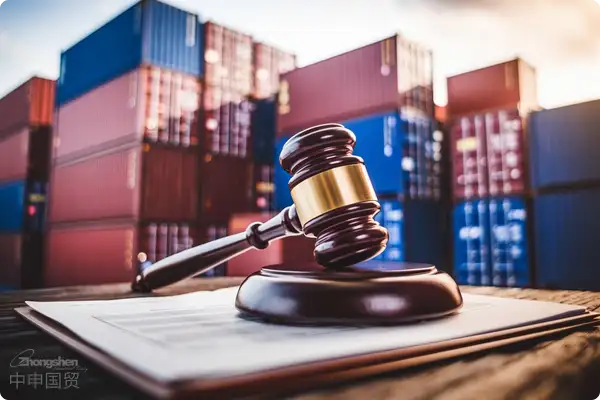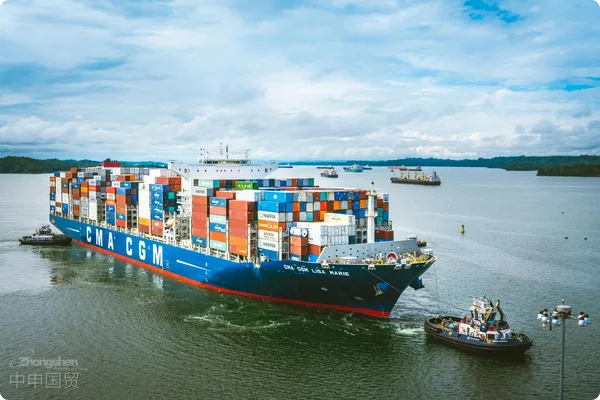- Shanghai Zhongshen International Trade Co., Ltd. - Two decades of trade agency expertise.
- Service Hotline: 139 1787 2118

Specialequipment. For example, Indonesia has the SNI certification, Thailand has the TISI certification, and the Philippines has the BPS certification. It is necessary to confirm in advance the equipment voltage (such as 380V/50Hz in Thailand), the compatibility of the CE certification, and the proof of environmentally friendly materials.the invisible threshold,
The global engineering machinery market is projected to exceed $1.2 trillion by 2025, yet the failure rate for special equipment import clearance remains as high as 23%. A chemical company importing pressure vessels faced 42 days of port detention due to HS code misclassification, incurring 870,000 yuan in demurrage fees. This typical case reveals: special equipment imports are far more complex than ordinary commodities.
Pitfall 1: Oversimplified HS code classification
In the General Administration of Customs 2025 revised Commodity Classification Decisions, significant adjustments were made to the classification rules for special equipment:
- Pressure vessels are classified by design pressure levels
- Low-pressure vessels (≤1.6MPa) fall under 7321.11
- Medium-pressure vessels (1.6-10MPa) fall under 8419.89
- Equipment with automated control systems must declare control modules separately
Practical suggestions:Require agency companies to provide pre-classification records for similar equipment in the past three years, ensuring declaration elements fully match technical parameters.
Pitfall 2: Neglecting technical access review
2025 updates to special equipment technical standards in multiple countries:
- EU PED Directive added dynamic monitoring requirements for CE certification
- US ASME certification added material traceability clauses
- China mandates full lifecycle maintenance plans for equipment
A German-imported machine tool was required to return for rectification due to lacking electromagnetic compatibility test reports at the port, resulting in direct losses of 620,000 yuan in transportation insurance costs.
Pitfall 3: One-size-fits-all approach to license processing
Comparison of import license approval timelines:
- Automatic import license: 3-5 working days
- Key used mechanical and electrical equipment license: 15-20 working days
- Special equipment manufacturing license: Requires 6-month advance filing
Key milestones:Radioactive detection equipment must simultaneously apply for approval documents from the Ministry of Ecology and Environment, a step often overlooked by conventional agency companies.
Misconception 4: Logistics plan design errors
Analysis of transportation cost composition for precision instruments:
- Shockproof packaging costs account for 28% of freight
- Daily rental fee for constant temperature containers exceeds $200
- Peak port operation surcharges during special periods can reach up to 120%
A professional agency company successfully reduced logistics costs by 41% for a semiconductor enterprise through a batch transportation strategy.
Misconception 5: Neglecting localized compliance management
Three key regulatory focuses after equipment commissioning:
- Annual mandatory safety inspections
- Key component replacement filing
- Operator qualification verification
A food processing enterprise was fined 5% of the equipment value for failing to submit annual inspection reports for pressure vessels on time.
The gold standard for selecting agency companies
Evaluating special equipmentImport RepresentationThree core dimensions for evaluation:
- Whether possessing specific industry access qualifications (such asMedical EquipmentBusiness filing certificates)
- Ability to provide a complete customs audit tracking system
- Experience in successfully handling special equipment return cases
By adopting a systematic evaluation system to select partners, import risks can be reduced by 68%, with an average reduction of 14 working days in customs clearance time.
Related Recommendations
? 2025. All Rights Reserved. Shanghai ICP No. 2023007705-2  PSB Record: Shanghai No.31011502009912
PSB Record: Shanghai No.31011502009912










